Forget anything that you’ll see that offers you super fitness by exercising for 20 minutes a day. That only exists in TV infomercials. None of that is going to work for a seriously big ride that the Peaks Challenge Series.
There is no Holy Grail
No one “magic training secret”, no one interval session or set of expensive wheels or new bike that is going to help you to do your best time ever on the Peaks Challenge Series rides. When your lungs are burning, your legs are cramping, and your heart is beating so fast that it’s almost jumping out of your chest while you are struggling through the last two hours of the ride… You’ll be saying to yourself “I wished I did more training”… Even if you were riding the lightest custom bike in the world with all the bling and your name written on it, it wouldn’t help you out.
To ensure that you are in the best possible physical and mental condition for the event, it’s now time to start your structured training. If you have been following my articles you’ll already have these key things sorted to ensure that you start your focused training campaign unhindered:
- That you have arranged your stakeholder buy-in to ensure that you the support from your family and work colleagues
- That you have been correctly fitted to your bike
- That your bikes been serviced and your tyres are in good condition
If you have missed these articles then here are the links to them:
Peaks Challenge Cradle Mountain – Getting Started With Your Training
http://www.cycling-inform.com/peaks-challenge-cradle-mountain-getting-started-with-your-training
Peaks Challenge Series Getting Started Cycle Training Program Resources
http://www.cycling-inform.com/peaks-challenge-series-getting-started-cycle-training-program-resources
Peaks Challenge Series – Nutrition and Hydration Tips
http://www.cycling-inform.com/peaks-challenge-series-nutrition-and-hydration-tips
It’s my job to ensure that you get to the start line in the best form of your life and that when you finish, you do so feeling that your preparation was spot on.
So, lets’ talk about training for the Peaks Challenge Series.
Getting fitness and form doesn’t happen overnight. You can’t do it without investing some actual time riding a bike. You need to progress through a structured program that allows your body to adapt and get stronger.
BUT… You can take a huge shortcut by focusing on doing the right type of training at the right time. That is what this article is all about.
If you have downloaded our training program for the events, you’ll know how much time you’ll need to commit, and you’ll be working through your stakeholder buy-in.
So, here’s where a lot of people go wrong with their training…
Many cyclists do a heap of training but never do the right type of training to ride fast and to build their hill climbing speed. But if they aren’t training in the right way then no amount of training will help them get faster.
Many cyclists come to me and say that they have plateaued with their fitness. They train harder and harder but don’t get any improvement. They go around and around in circles and finally end up frustrated.
It’s really important to understand that if you do the wrong type of workout at the right time or the right workout at the wrong time, and you’ll limit your training success.
So this means that right now you should be building your aerobic fitness and your strength. By getting out on the bike regularly and doing around nine to twelve hours of training a week for a sub thirteen-hour ride and thirteen to fifteen hours a week for a sub ten-hour ride.
During this time, you’ll want to focus on the balance of these three things:
- Low-intensity endurance training during the weekends that includes spending much of the time climbing hills
- Specific long interval low cadence indoor training sessions where the focus in on good pedalling technique and low-intensity recovery rides during the week
- Off the bike specific functional strength training
It’s not the time to be sitting in fast-moving bunches along flat roads or doing short high-intensity efforts on a home trainer. Also, it’s not the time for High-Intensity Training (HIIT). There are plenty of HIIT programs available since they became popular in the 2010’s. This training method has been enthusiastically adopted by a culture of trainers that prescribes the whole “no pain no gain” training.
However, there has been much research done in recent years that determines that building a strong base doing low-intensity aerobic training and long interval training is more efficient at improving overall fitness. This was a popular method of training in the 1980’s and is having a bit of a resurgence today.
I’ve got an article that goes into a little detail about it here:
Get Started With Your Training – Part 10 – The Truth About Building Speed
http://www.cycling-inform.com/get-started-with-your-training-part-10-the-truth-about-building-speed
Don’t get me wrong. There is no doubt that HIIT training makes you fast, and there is a time and a place for it, but it doesn’t build aerobic endurance. That’s why right now your time is better focused on building a solid foundation of aerobic base, while working on good hill climbing technique because that’s what you’ll be drawing upon in the latter half of the ride for riding the Peaks Challenge Series.
So here are three most important things to address in this first four four-week training block of training for the Peaks Challenge Series.
The basic building blocks of the training are built around an indoor training sessions on a Tuesday and a Thursday with recovery rides on a Wednesday and Friday and a rest day on a Monday. As most of us have the weekend available for longer rides that’s where we get out and build the bulk of our aerobic base.
The recovery rides are done at a low intensity (able to hold a conversation) and a higher cadence rpm.
The specific long interval low cadence indoor training is done preferably on a home trainer with longer intervals done at a medium intensity (breathing hard but not breathless) at lower cadences with the biggest focus on developing a good efficient hill climbing pedalling technique and developing a stable core.
The weekend’s rides consist of getting out and riding the hills while putting together the hill climbing technique you have developed during the week.
Finally, it’s important to do body maintenance and off the bike functional strength training. Yoga is a great way of doing this or download a free sample of our cycling specific functional strength and mobilizer exercises here.
Where to go to for more help
Check out Bicycle Network’s Peaks Challenge Series website site
Click here to download your FREE 12-week training program for the Peaks Challenge Gold Coast
Click here to download your FREE 12-week training program for the Peaks Challenge Cradle Mountain
Click here to download your FREE 12-week training program for the Peaks Challenge Falls Creek
Want to fast track your fitness and get coached for the Peaks Challenge series events with our time efficient and proven training programs? Join our team training on our detailed Peaks Challenge coaching programs.
This year’s important dates
Peaks Challenge Gold Coast 24 Weeks training starts – 16 Feb 2015
Peaks Challenge Gold Coast 12 Weeks training starts – 4 May 2015
Peaks Challenge Cradle Mountain 24 Weeks training starts – 11 May 2015
Peaks Challenge Cradle Mountain 12 Weeks training starts – 24 Aug 2015
Peaks Challenge Falls Creek 24 Weeks training starts – 27 Sep 2015
Peaks Challenge Falls Creek 12 Weeks training starts – 20 Dec 2015

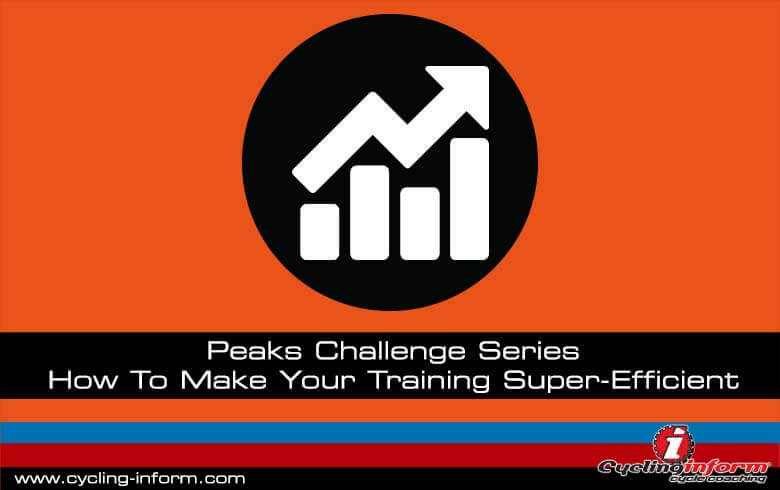
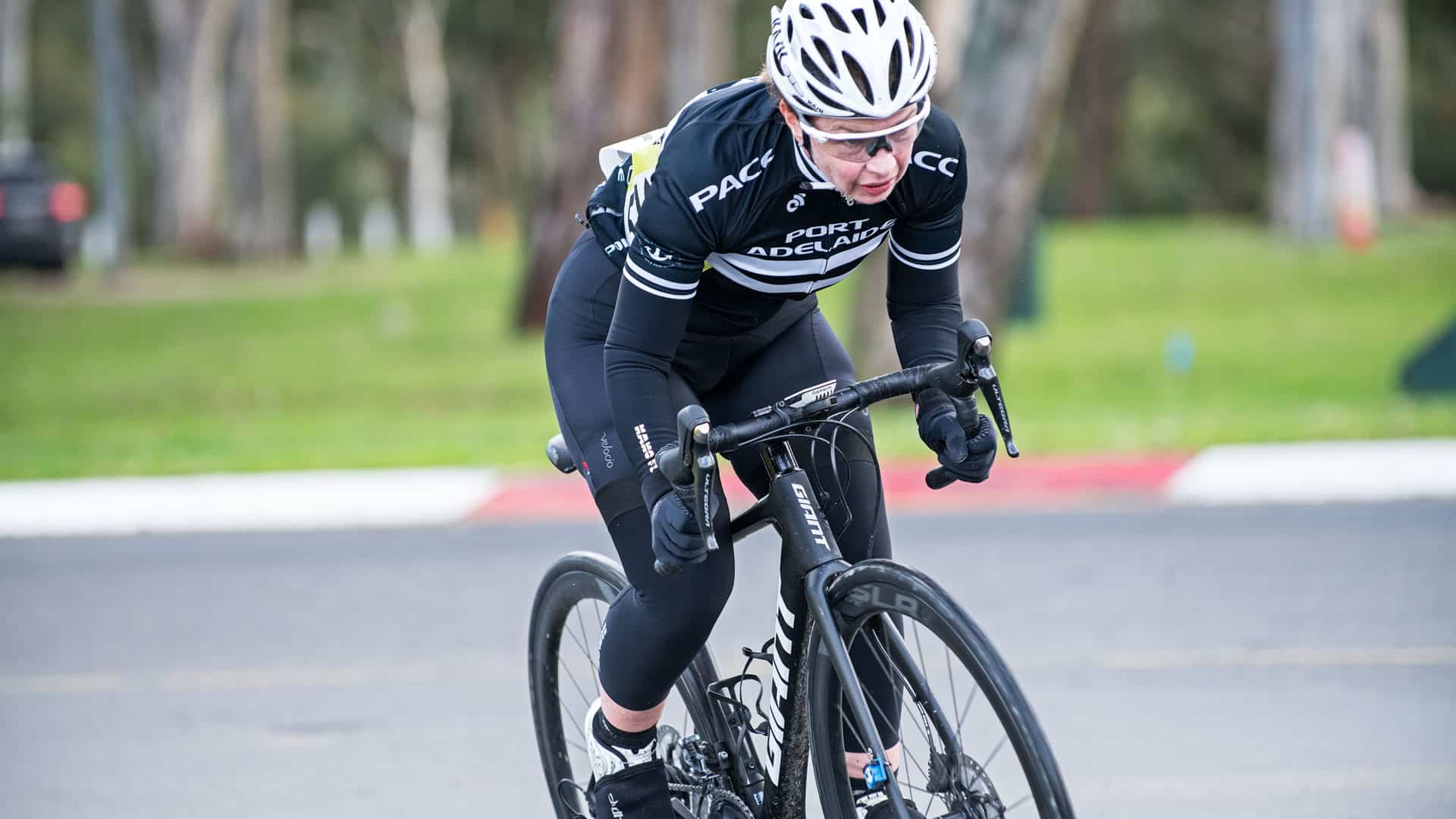
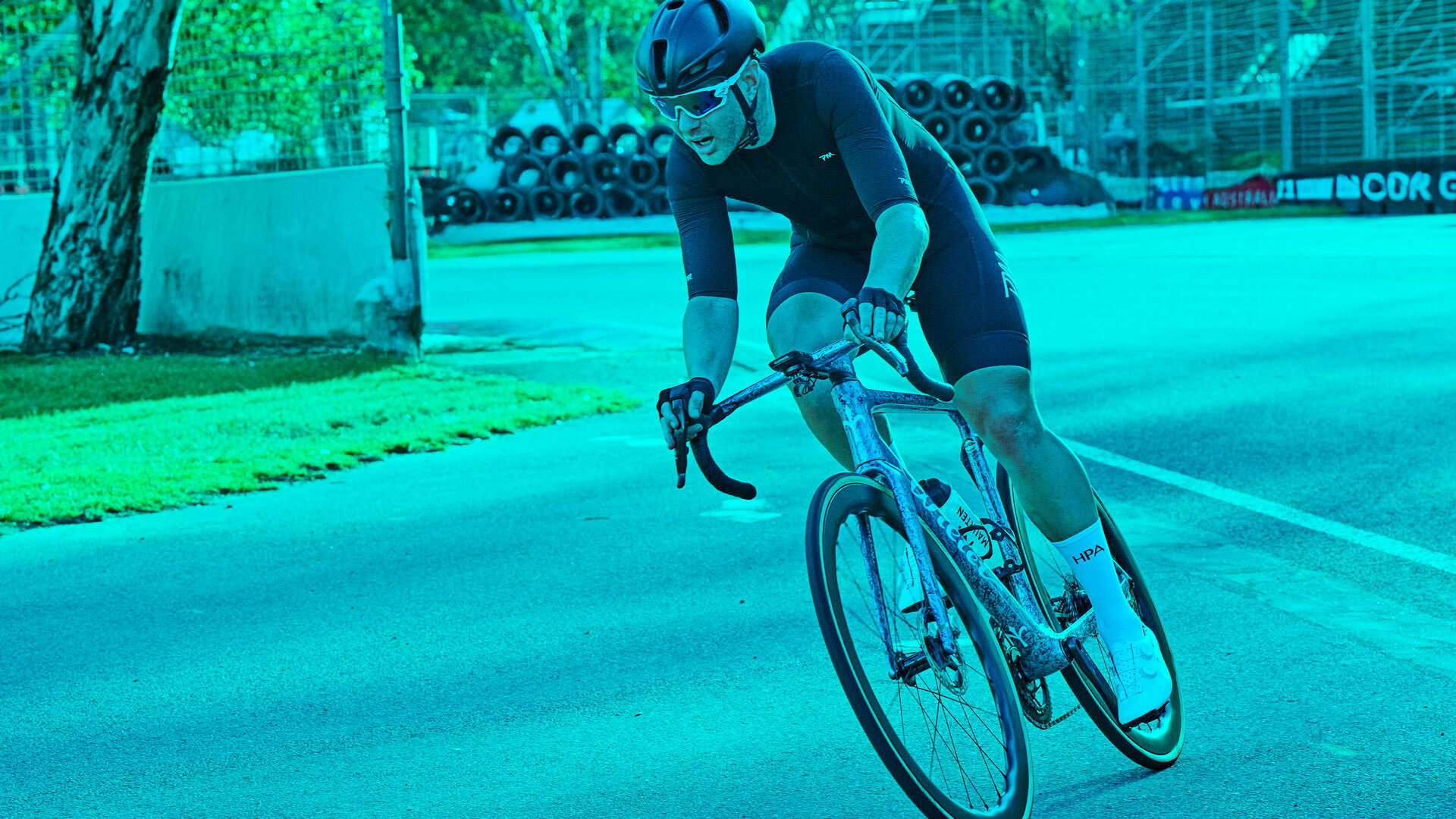
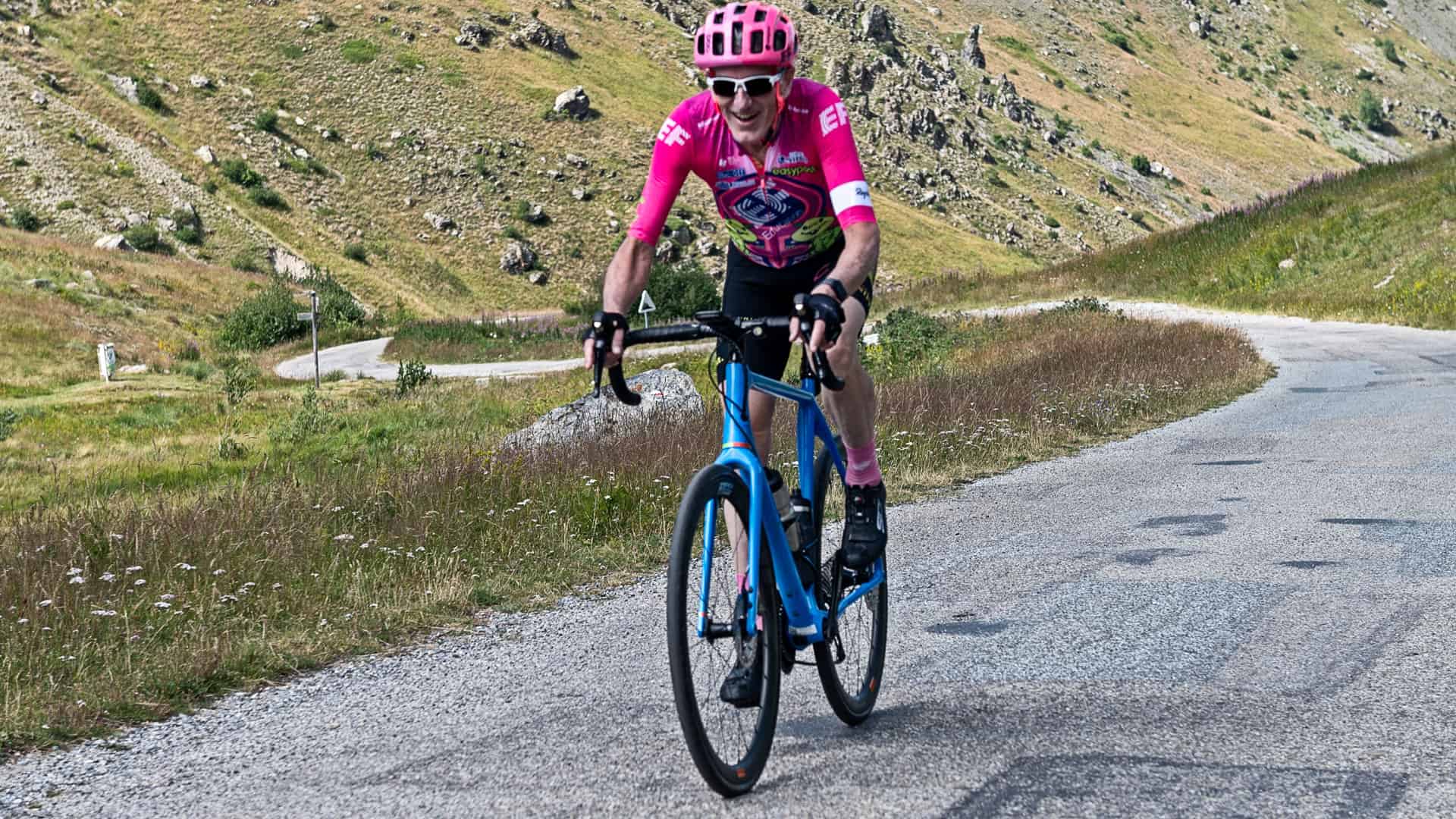
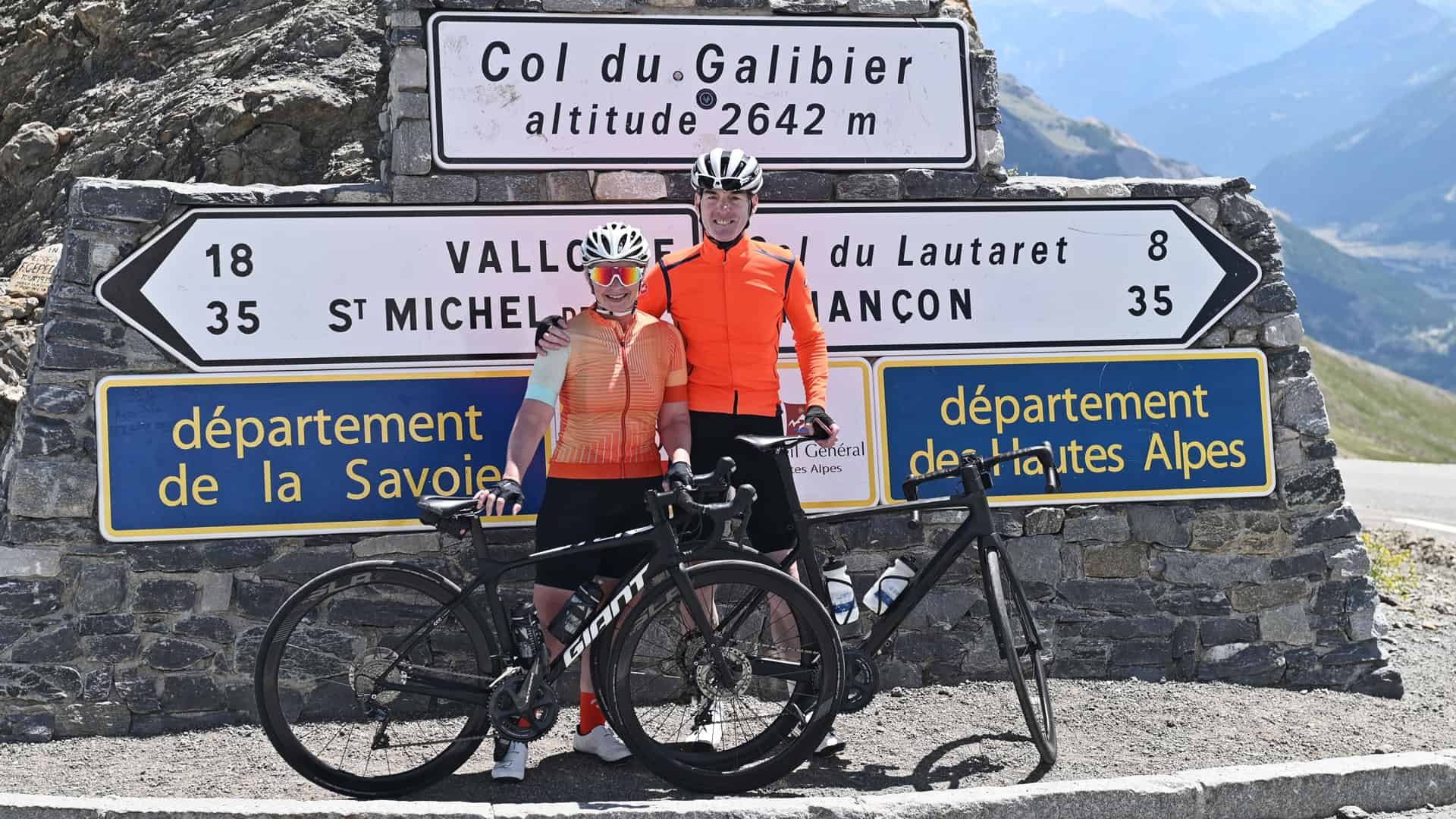
Leave A Comment